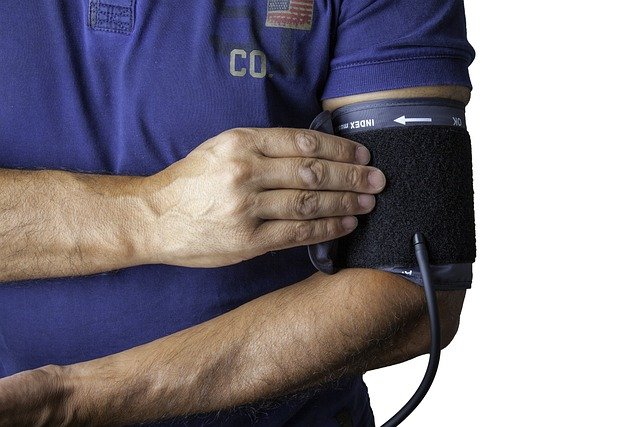Linking Kidney Function and Persistent Fluid Imbalance: Key Indicators
Persistent fluid imbalance can reflect more than simple underhydration; it often signals an interaction between daily fluid intake, electrolyte status and how the kidneys manage water and solutes. Recognizing patterns such as ongoing fatigue, fluctuating weight, swelling or unusually concentrated urine helps frame when to seek evaluation. This article outlines practical indicators, diagnostic approaches and strategies for rehydration, nutrition and monitoring that support recovery and long-term wellness.

How do kidneys affect hydration and fluids?
The kidneys are central to maintaining stable fluid and electrolyte balance. Through filtration and selective reabsorption they regulate blood volume, sodium and potassium concentrations, and urine output. Hormonal systems—antidiuretic hormone and the renin-angiotensin-aldosterone system—adjust kidney handling of water and salt in response to hydration status, blood pressure and blood sodium levels. When kidney function is impaired, the ability to concentrate or dilute urine can be reduced, leading to persistent fluid imbalance even when fluid intake appears adequate. Understanding this physiology clarifies why assessments often include both kidney-focused tests and simple measures of fluid balance.
What symptoms indicate persistent fluid imbalance?
Symptoms that commonly point to ongoing dehydration or fluid dysregulation include persistent fatigue, lightheadedness, dry mouth, reduced urine output or very dark urine, muscle cramps, and unexplained weight shifts. Conversely, swelling in the legs or abdomen may reflect fluid retention linked to reduced kidney clearance. In endurance contexts, repeated declines in performance or prolonged recovery times can indicate an electrolyte or fluid problem. Tracking symptom patterns over days, rather than reacting to single episodes, helps distinguish transient dehydration from a persistent imbalance that warrants clinical assessment.
How are diagnosis and monitoring performed?
Diagnosis combines clinical history, physical exam and targeted laboratory testing. Basic blood tests include serum electrolytes, creatinine and blood urea nitrogen to assess kidney filtration and electrolyte status. Urinalysis and urine osmolality or specific gravity evaluate concentration ability. Blood pressure trends, daily weights and documented fluid intake/output provide practical monitoring data. In some cases, imaging or specialist referral is used to investigate structural kidney concerns. Ongoing monitoring may use periodic labs and simple home measures to guide adjustments in fluid and nutrition strategies.
What roles do electrolytes and nutrition play?
Electrolytes such as sodium, potassium, magnesium and calcium are integral to cellular function and fluid distribution. Dietary patterns influence electrolyte balance: sodium intake affects fluid retention while potassium-rich foods support cellular equilibrium. Adequate protein supports renal perfusion and recovery when catabolic stress is present. For many people, modest dietary adjustments plus attention to regular, balanced fluid intake correct mild imbalances; for others, specific electrolyte repletion or restriction is required under clinical guidance. Nutrition plans should be individualized according to kidney function, activity level and medical history.
What treatment options support rehydration and recovery?
Treatment depends on severity and underlying cause. For mild chronic dehydration, structured hydration plans, oral rehydration solutions that include electrolytes, and nutrition adjustments can restore balance. In more significant deficits or where oral intake is insufficient, supervised infusion therapy (intravenous fluids) may be used to correct volume and electrolytes quickly. Importantly, treatment must address contributing factors—medication effects, uncontrolled blood pressure, or kidney disease—so coordinated care with a clinician guides safe recovery. Monitoring during recovery focuses on symptoms, labs and gradual return to baseline endurance and function.
How can prevention and endurance strategies help wellness?
Prevention centers on consistent monitoring, appropriate fluid timing for activity, and lifestyle measures that protect kidney health. For people with high physical endurance demands, planned rehydration that includes electrolytes during prolonged exertion reduces the risk of imbalance. Regular medical reviews, blood pressure control, and attention to nutrition support long-term wellness. When concerns arise, local services such as primary care clinics or nephrology practices can offer testing and individualized plans. Consistent monitoring—daily weights, symptom logs and periodic labs—helps detect trends before they progress.
This article is for informational purposes only and should not be considered medical advice. Please consult a qualified healthcare professional for personalized guidance and treatment.
In summary, linking kidney function to persistent fluid imbalance requires looking beyond single episodes of thirst. Key indicators include specific symptoms, laboratory markers and patterns in urine output and weight. Effective management blends accurate diagnosis, tailored rehydration and electrolyte strategies, nutrition adjustments and ongoing monitoring to support recovery and endurance without placing undue stress on the kidneys. Regular review with healthcare professionals helps align prevention and treatment with individual health needs.






